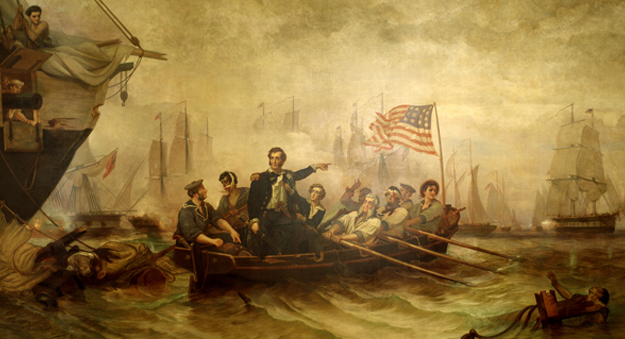“In urban environments, the playing field is levelled between the conventional armies and insurgents.”
By Dr. Alec Wahlman
BE IT ALEPPO or Damascus, Mosul or Ramadi, or even Eastern Ukraine, combatants in today’s conflicts are frequently fighting in and over urban areas.
The decision to wage war in cities is driven in part by modern military technology. Frequently, lightly equipped insurgent forces simply cannot survive on open terrain against even a moderately well-equipped conventional force. Their forte is the close combat that is best found in cityscapes.
Urban areas provide an abundance of cover, like walls, basements, sewers and piles of rubble, that frequently negate the advanced sensors and smart technology of 21st Century militaries. Such obstacles transform urban engagements into short-ranged wars of attrition, which offset the advantages conventional armies normally enjoy in more open environments. Civilian populations only add additional challenges for armies given prevailing modern international norms on non-combatant casualties and damage to civilian infrastructure. This makes cities even more desirable battlegrounds for non-state actors as fighting in such settings raises the costs for the states that are trying to dislodge them.

The Birth of Urban Warfare
Historians can trace this collision of urban terrain and modern military technology back to the mid-19th century.
In the 1800s, as industrializing cities expanded, traditional defensive walls were rendered impractical. Advances in the range and destructiveness of artillery made such fortifications obsolete. Urban warfare began the shift from the protracted siege of the Middle Ages to the street-to street fighting of the modern era. Of course sieges still occurred (e.g., Paris 1870, Leningrad 1941 to 1944) but more often, battles were being fought within the cities themselves (e.g., Stalingrad 1942, Manila 1945, Seoul 1950, Hue 1968).

Cities: The Level Playing Field
Unfortunately for conventional armies, breakthroughs in weaponry made for modern mass armies that were better suited for war on open ground. Smooth-bore muskets, rarely effective beyond 100 meters, gave way to bolt-action rifles and machine guns that could cut down masses of men out to 1,000 meters with unprecedented rates of fire. Tanks and ground attack aircraft (both fixed and rotary wing) were also made for wide open environments.
But in urban environments, the playing field is levelled between conventional armies and insurgents. This is not to say guerrilla forces can prevail against advanced militaries, but they can inflict significant (if not intolerable) losses on their conventional opponents, even while taking grievous casualties in the process. In rare cases, insurgents might even give as well as they get (e.g., Chechen rebels in Grozny in 1995). Yet sometimes even just killing a few enemy soldiers can be enough to deliver a movement a strategic victory (e.g., Mogadishu 1993).
 So the next time you see a news report of insurgents fighting in urban terrain, consider both why they chose to fight there and look for how the conventional opponents are seeking to overcome the challenges of that difficult terrain.
So the next time you see a news report of insurgents fighting in urban terrain, consider both why they chose to fight there and look for how the conventional opponents are seeking to overcome the challenges of that difficult terrain.
Dr. Alec Wahlman is an analyst at the Institute for Defense Analyses in Alexandria, Virginia. His recently released book, Storming the City, assesses U.S. military performance in four major urban battles from WWII to Vietnam.










